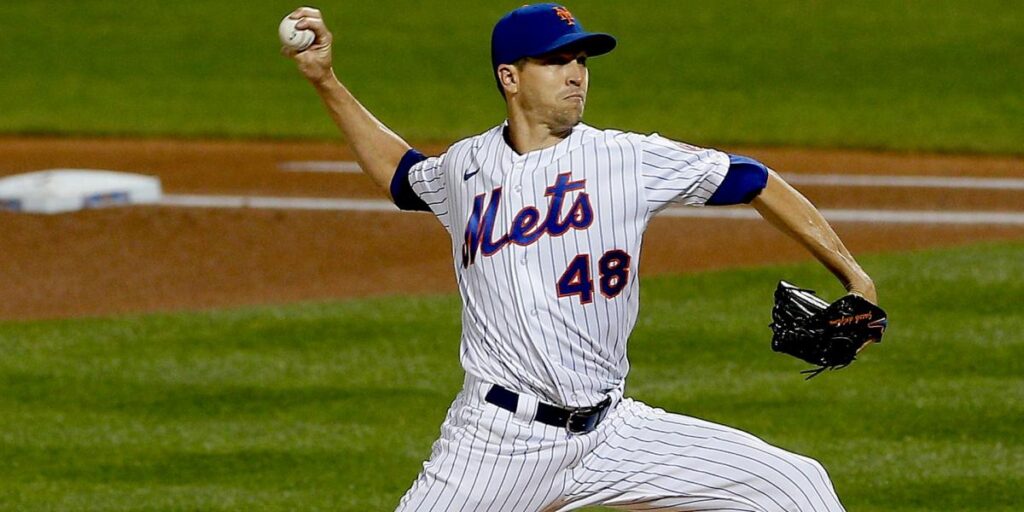What is the difficulty of hitting a baseball against an MLB pitcher-Bauer Dodger Pitcher
Hitting a baseball against a Major League Baseball (MLB) pitcher is no easy feat. The challenge of hitting a ball thrown by an experienced professional pitcher at such a high speed is incredibly difficult, requiring a great deal of skill and training. In this article, we’ll explore the difficulty of hitting a baseball against an MLB pitcher, as well as the techniques that hitters use to increase their chances of success.

Pressuring
As any baseball fan knows, major league pitchers tend to be a bit larger than the average American male. With an average height of 6 feet 3 inches, even the average pitcher stands a good four inches taller than the average adult American male, who stands at about 5 feet 9 inches. While this is the average for MLB pitchers, many exceed this height, with some even hitting the 6 feet 6 inches mark.
These tall individuals have the build of lumberjacks. Away from the game, these guys may be the kindest people you’ll ever meet, but when they take to the field and put on their game face, they seem like the toughest guy in the most menacing bar in town. In a stadium of 55,000, you happen to be the one they’re fixing with a 1000-yard stare, ready to throw a rock-sized object at you, at 95 mph.
Randy Johnson stood at a towering six feet-ten inches, and his fastball was often timed at 100 mph.
Celerity
The typical celerity of a fastball hurled by a high school or Division 3 college pitcher is between 75 and 85 mph. This is the most difficult pitch the majority of us have ever confronted. This is the average speed of a changeup thrown by a major league pitcher. It is uncommon for a major league team to draft a pitcher whose fastball is slower than 92 mph. Most major league pitchers whose fastballs are in the upper 80s threw four or five mph quicker when they were drafted and lost velocity due to injury.
Variation
It’s not only the speed that makes it near impossible for the typical softball player in an amateur team to hit a major league fastball. Generally, MLB pitchers throw two or more fastballs that have a lot of movement at the last 10-15 feet to the plate. That fastball that looks like it’s going to cross the plate in the middle at the belt-high level will suddenly take a turn and cross at the batter’s knees.
Curve ball
Things can get quite tricky when it comes to facing a major league breaking ball. The majority of us have never encountered such a pitch before, yet most of us have encountered a kid in the neighborhood who was pretty good at throwing a whiffle ball. You know, the kind of pitch that had a sudden, extreme horizontal and vertical break as it crossed the plate? That kid could throw you thirty of those pitches in a row and you’d be fortunate if you were able to foul tip six of them.
All professional baseball pitchers have an impressive late-breaking, sharp curve ball, slider, or split-finger pitch in their arsenal. The difference between a major league breaking ball and a whiffle ball pitch your friend throws is 1) it’s a baseball, 2) it’s coming in at 85 mph, and 3) the pitcher is much farther away than your friend. An MLB pitcher can throw a nasty breaking ball for a strike, even when he’s behind in the count.
Motion, Arm Slots and Release Points
A proficient high school or legion ball smasher can recognize midwindup whether a pitcher is hurling a fastball or breaking ball and track it from the point it leaves his hand to the point it enters his wheelhouse. Most secondary school pitchers have distinctive developments for each pitch – perhaps not incredibly unique however obvious to a decent hitter.
All professional baseball pitchers have an impressive late-breaking, sharp curveball, slider, or split-finger pitch in their arsenal. The difference between a major league breaking ball and a whiffle ball pitch your friend throws is 1) it’s a baseball, 2) it’s coming in at 85 mph, and 3) the pitcher is much farther away than your friend. An MLB pitcher can throw a nasty breaking ball for a strike, even when he’s behind in the count.
Command
Elite level control is more than just throwing strikes and getting ahead in the count. Professional pitchers are accurate enough to hit any part of the strike zone with any pitch they throw. Many pitches that don’t initially look like strikes may be thrown on purpose as part of a strategy to set the hitter up for the next pitch. The best pitchers are capable of getting most hitters out with four or less pitches, but they are also unafraid to go deep in the count when facing a formidable opponent for the third time.
1 thought on “Bauer Dodger Pitcher”